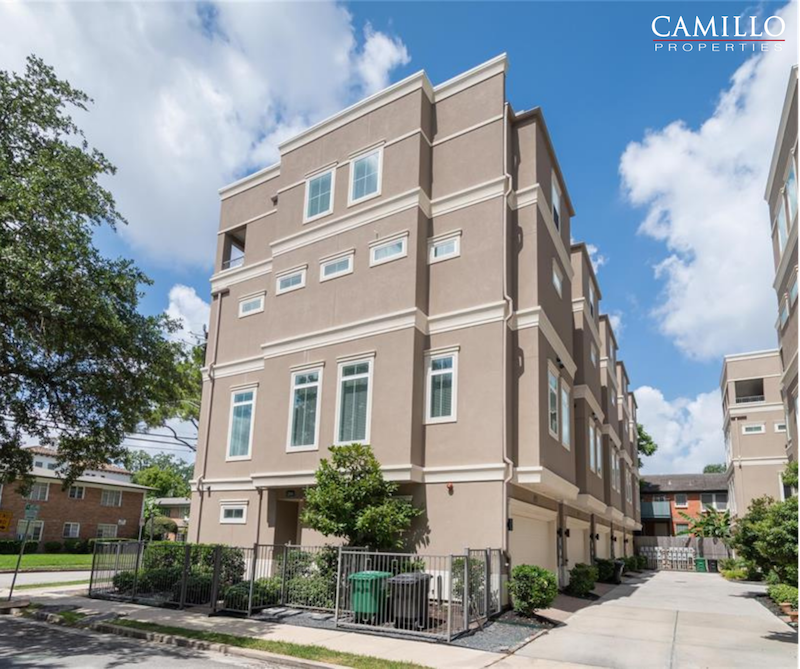As the number of employees working from home has risen exponentially, people are reconsidering their living situations as the coronavirus pandemic continues to encourage social distancing, limit large gatherings, and impact the rental housing market.
With that said, many people are spending a lot more time at home, which means the last thing they want to do is sign up to lease a home in-person. As the number of unemployed Americans rises to more than 44 million, the demand for affordable housing increases since a recovery in the number of jobs could extend into 2021. Here are four reasons why the coronavirus pandemic is changing the rental housing market and the behaviors and expectations of renters.
VIRTUAL FEATURES ARE BECOMING THE NORM
Of all the rental housing trends that are rising, virtual tours and applications are ones that are not only already happening but are rapidly becoming the new norm. Potential renters can tour homes through one-on-one video walkthroughs.
Related: How to Use Virtual Tours with Camillo Properties
It doesn’t stop there, though. Once renters move in, they still seek the same experience where they can also pay their rent and retrieve any documents online.
Related: How to Pay Rent Online with Camillo Properties
LOCATION IS BECOMING LESS IMPORTANT FOR EMPLOYEES
As more companies are allowing employees to work remotely through this fall and even into early 2021, moving for a job has become less of a priority for hiring managers. Many companies have adopted weekly Zoom calls to encourage teamwork and to build a sense of community.
HIGHER DEMAND FOR AFFORDABLE LIVING
A large number of companies have furloughed or laid off employees, prompting more people to seek more affordable housing such as cheaper rent. In some high-priced markets, such as Houston, there’s an expected shift to increase the supply of affordable rents.
HOME RENTING TRENDS ARE UP WHILE HOME OWNERSHIP TRENDS ARE DOWN
The number of homes sold in May declined, the third month of consecutive decline since the pandemic in March, according to data from the National Association of Realtors. The number of homes sold declined by 10 percent compared to April, and a whopping 27 percent from 2019 as potential homeowners are wary about the future of the economy and how fast employers will start hiring employees again.
As consumers remain unemployed and state unemployment funds were insufficient to cover their monthly bills, some have used their savings that could’ve been used as a down payment for a home to pay for rent, food, and other necessities.
The demand for renting, however, has not subsided. Vacancies are remaining steady with pre-COVID levels, and it doesn’t seem to be going anywhere anytime soon.
A new rental housing trend that’s likely to emerge is how renters use the space in their homes. As people’s leases are set to expire, many renters are likely to look for a house with more space, such as a spare bedroom to make their new office. This could mean renting a larger home where the second bedroom doubles as a guest room and a workspace.
The impact of the coronavirus on the rental market will be long-lasting as consumers remain concerned about their future employment and financial futures, which will make renting a home an attractive option for people considering a house or lifestyle change.






